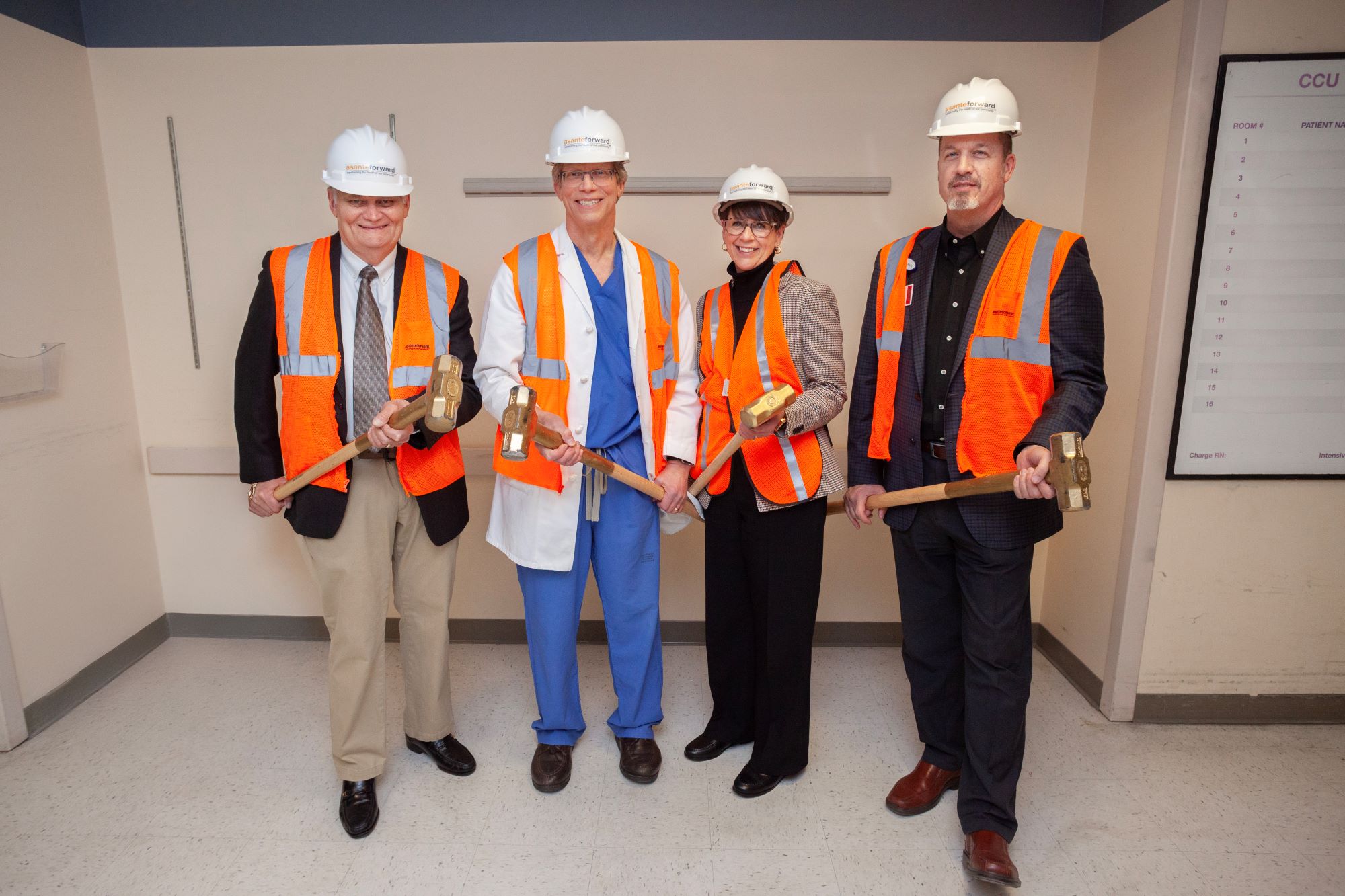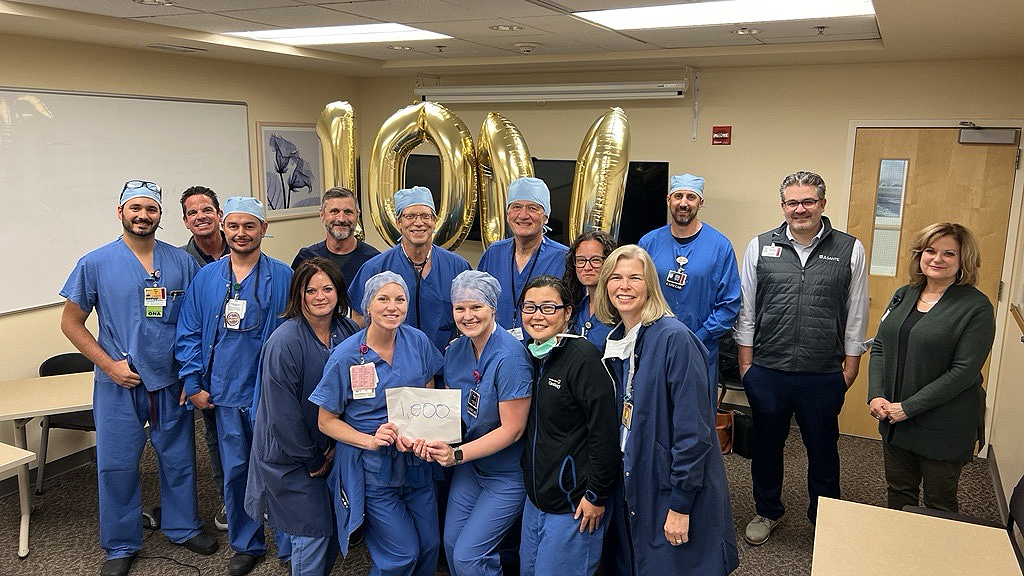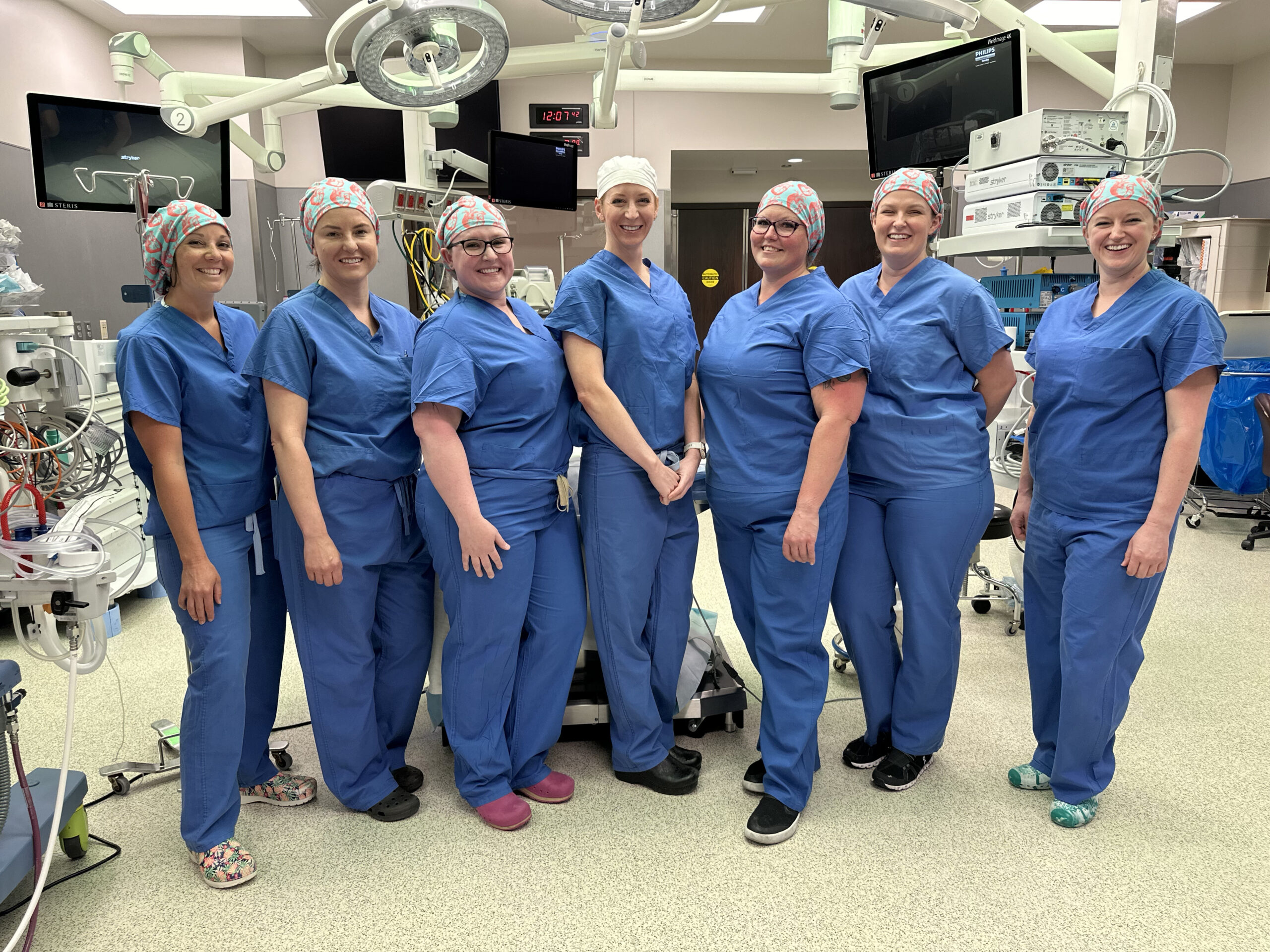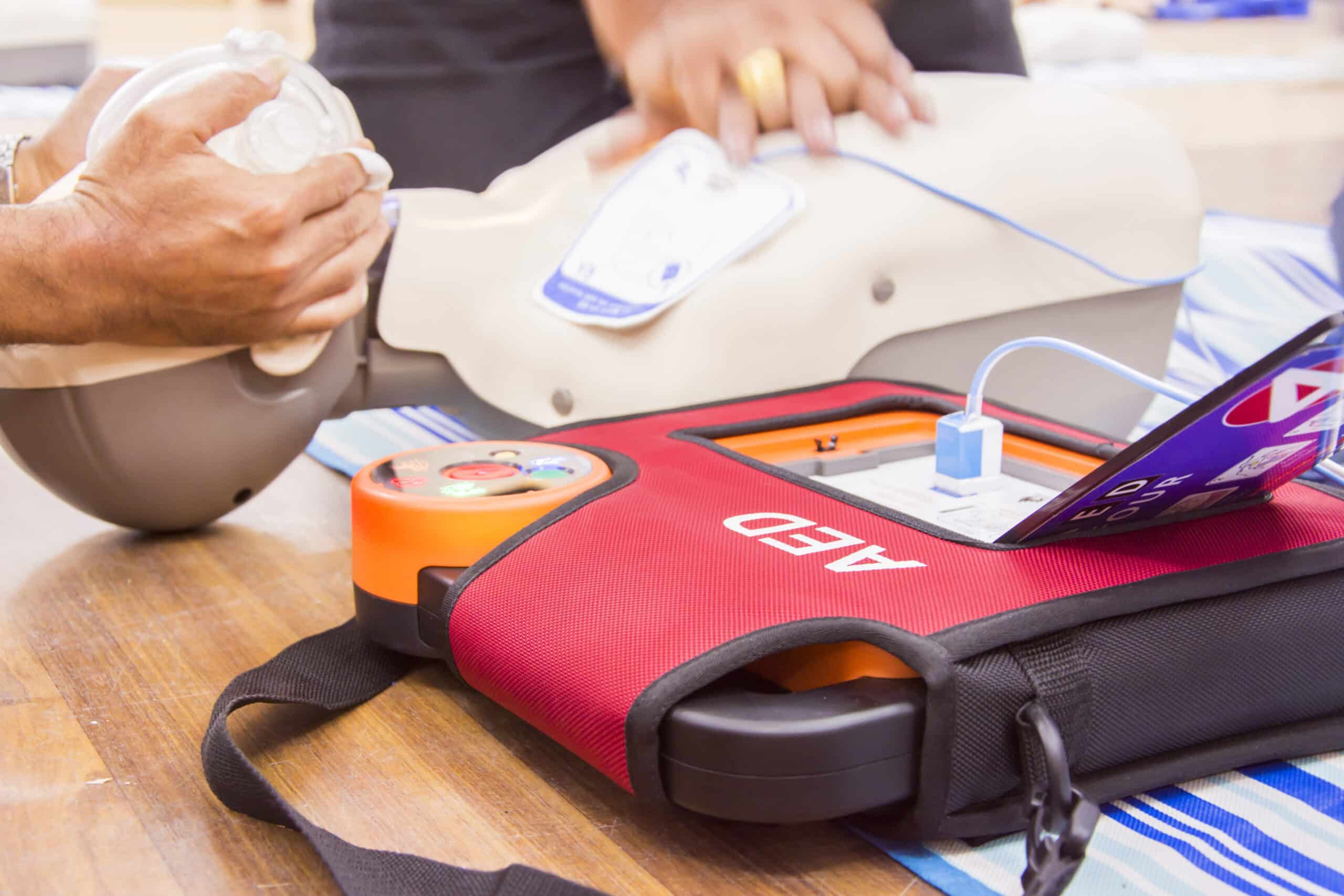Summary
Asante Rogue Regional Medical Center offers transcatheter aortic valve replacement (TAVR), a groundbreaking procedure for people who can't risk open heart surgery. This article will provide more information on this innovative therapy.
You may have heard there is a minimally invasive heart valve procedure available for people who can then go home the next day. Is it true? Yes, it is!
Known as transcatheter aortic valve replacement, or TAVR, it’s a relatively new, minimally invasive procedure for patients who require a new aortic valve. Instead of open heart surgery, most patients in the United States now receive their heart valve via the femoral artery (the large leg artery) and go home in one to two days. This procedure is being done at Asante Rogue Regional Medical Center, and it’s giving local residents much-needed access to advanced cardiac care.
TAVR treats patients with severe aortic stenosis, which is a progressive narrowing of the aortic valve between the main pumping chamber of the heart and the aorta. This condition places a heavy workload on the heart and eventually causes the heart to abruptly stop or progressively fail. Symptoms can include exertion chest discomfort, shortness of breath or passing out.
“Once symptoms of aortic stenosis occur, approximately 50% of patients will die within two years and the other 50% aren’t doing very well,” said Kent Dauterman, MD, a cardiologist with Southern Oregon Cardiology. “The treatment is a new heart valve.”
A new heart valve relieves symptoms, improves quality of life and helps patients live a more normal lifespan. Similar to a stent placed in an artery, the minimally invasive TAVR procedure delivers a crimped stent valve through a catheter via the aorta (the superhighway for delivering the valve) that is then expanded within the existing aortic valve. The old valve is pushed to side and holds the new valve in place with the new valve working as soon as it is expanded. Patients can return to normal activities within just a few days.
Dr. Dauterman, an interventional cardiologist, and Dr. Charles Carmeci, a cardiothoracic surgeon underwent the necessary training to establish an accredited program including visits to the Cleveland Clinic, Stanford Medical Center, Oregon Health and Sciences University, and the University of Washington. On February 15, 2015, the Asante Heart Valve Clinic team performed its first TAVR procedure and it was, thankfully a complete success.
“We have treated over 750 patients with the TAVR procedure since 2015 with incredibly good outcomes that our community can be proud of. We have also been able to treat many patients who were not sturdy enough for open heart surgery which has improved the quality of life and longevity for many of these patients. We have found this work to be very satisfying,” said Dr Dauterman.
TAVR is performed only at regional cardiac medical centers with well-established cardiothoracic surgery programs. Asante Rogue Regional Medical Center is one of ten such hospitals in Oregon. The Asante Valve Team includes Dr. Kent Dauterman, Dr. Jae Hong and Dr. Mark Moran from interventional cardiology; Dr. Charles Carmeci and Dr. Don Stowell from cardiothoracic surgery; Dr. Nathan Funk who is the head of cardiac imaging; the cardiac anesthesia team and Angel Cross, RN, Glenda Edwards, RN, and Robin Coonrod, RN who serve as the valve program coordinators.
For more information, ask your health care provider for a referral to the Asante Heart Valve Clinic specialists.









